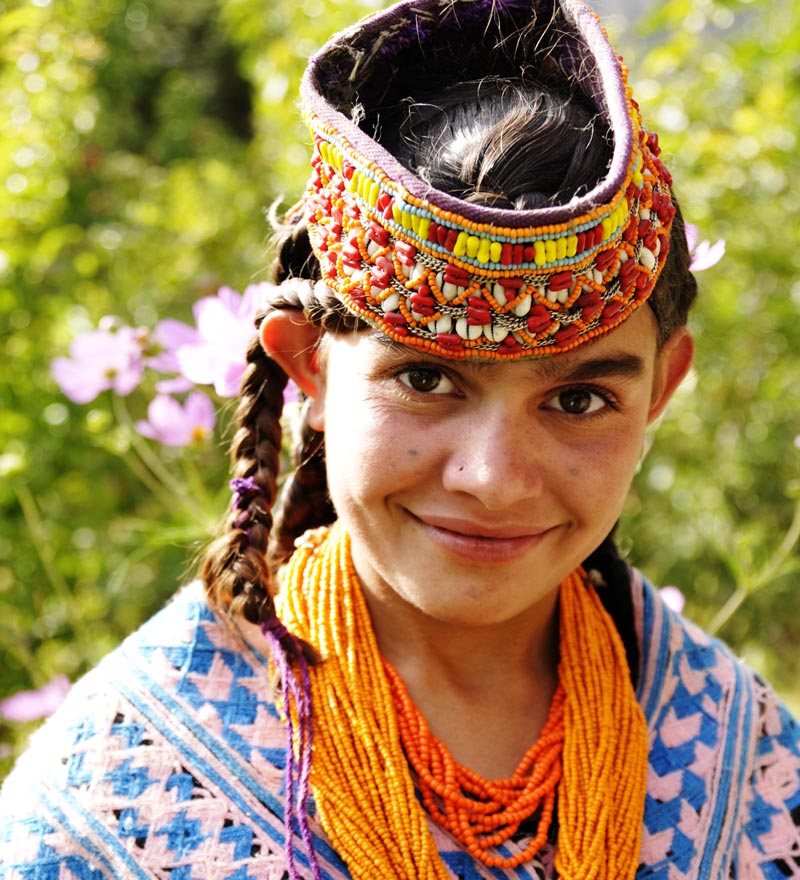Beauty of Pakistan
- Home
- Beauty of Pakistan
Pakistan
Pakistan also known as the Islamic Republic of Pakistan, is situated in South Asia having an area of 881,913 sq. km. It appeared on the map of the World on 14 August 1947. Pakistan is the third largest Islamic country in the world. Literally, the word Pakistan means “land of the pure” in Urdu. Pakistan has a 1046 km coastline along the Arabian Sea in the south and is bordered by India to the east, Afghanistan to the west, Iran to the southwest, and China to the northeast. Pakistan has a population of 230 million, the sixth most populous country in the World. Pakistan has the sixth-largest armed forces in the world and is also a nuclear power.
The geography and climate of Pakistan are extremely diverse. Pakistan’s landscapes vary from plains to deserts, forests, hills, and plateaus. Pakistan is divided into three major geographic areas. The northern highlands, the Indus River plain, and the Baluchistan Plateau.


The northern highlands contain the Karakoram, Hindu Kush, and Pamir Mountain ranges, which contain some of the world’s highest peaks, including five of the fourteen 8000m and above mountains, which attract adventurers and mountaineers from all over the world, notably K2 and Nanga Parbat.
The Baluchistan Plateau lies in the west and the Thar Desert in the east. The 1,609 km Indus River and its tributaries flow through the country from the Kashmir region to the Arabian Sea. There is an expanse of alluvial plains along it in the Punjab and Sindh.

The climate varies from tropical to temperate, with arid conditions in the coastal south.
There is a monsoon season with frequent flooding due to heavy rainfall, and a dry season with significantly less rainfall or none at all.
There are four distinct seasons: a cool, dry winter from December through February; a hot, dry spring from March through May; the summer rainy season, or southwest monsoon period, from June through September; and the retreating monsoon period of October and November.
Discover the beauty of Pakistan
In Pakistan, more than sixty languages are spoken including Urdu, the national language. Punjabi is the main language spoken by more than 44% population mainly in the Punjab region. Other popular languages are Saraiki, spoken in South Punjab, Hindko in the Hazara region of Khyber Pakhtunkhwa, Pashto spoken in Khyber Pakhtunkhwa, Sindh and Baluchistan, Sindhi spoken in Sindh Province, and Balochi in Baluchistan region. Other common languages are Gujarati, Brahui, Marwari, Shina, Balti, Burushaski, Pahari, Gojri, and Kashmiri.
The official religion of Pakistan is Islam, mainly 97% of Pakistan’s population is Muslim, the second largest number of Muslims in the world after Indonesia. Hinduism is the second largest religion in Pakistan after Islam, with other minorities i.e., Christians, Sikhism, Buddhism, Zoroastrianism, and Jains, performing their religious activities without any fear in Pakistan.
The landscape of Pakistan is so much attractive, now tourism is an industry in Pakistan, and its beauty easily attracts a number of visitors from local as well as foreign countries. The objective of this company is to promote this industry in Pakistan, just representing the beautiful image of Pakistan by providing details about various regions of Pakistan for tourism purposes in the form of information, map, images, videos, etc.
Pakistan is geographically divided among a number of different types of lands such as mountains, hills, deserts, plateaus, plains, lakes and rivers, estuaries, and deltas.
In the north and west of Pakistan, there are very few mountains, whereas, in the west and southwest of Baluchistan, there are lower and dry mountain ranges. In the western part of Pakistan, the land is fairly high with little rainfall, not usable for crop farming. In the south of Pakistan, there is a number of deserts in Sindh and Baluchistan such as the Thar and the Thal. In the north of Pakistan, there are the greatest mountain ranges such as the Himalayas, the Karakoram, and the Hindu Kush.
The land around the Indus River and other rivers of Punjab, also known as the Indus Valley, is fertile and important for agriculture in Pakistan.


